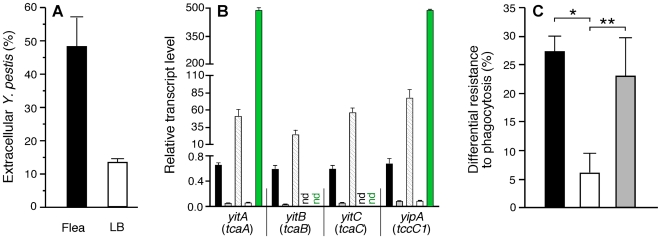Figure 4. Phagocytosis-resistant phenotype of Y. pestis isolated from fleas correlates with expression level of the yit-yip insecticidal-like toxin genes.
(A) The percentage of extracellular Y. pestis KIM6+ 1 hour after addition to murine bone marrow macrophages are shown for bacteria from in vitro cultures (LB) or from infected fleas. The mean and SEM of five independent experiments done in duplicate are shown; P<0.0001. (B) Relative transcript levels of insecticidal-like toxin genes in Y. pestis KIM6+ wt grown in LB (black bars), ΔyitR mutant grown in LB (grey bars), ΔyitR mutant from fleas (white bars), and the complemented ΔyitR mutant from LB (hatched bars) and from fleas (green bars); nd = not done. The mean and SEM of three independent experiments done in triplicate are shown. Values corresponding to separate segments of the y-axis are significantly different (P<0.001); values for LB-grown wt bacteria (black bars) are also significantly different from values represented by the grey and white bars (P<0.05). (C) Differential resistance to phagocytosis by murine macrophages (% extracellular flea-derived bacteria minus % extracellular in vitro-grown bacteria) of Y. pestis KIM6+ wt (black bar, n = 3), ΔyitR mutant (white bar, n = 3), and complemented ΔyitR mutant (grey bar, n = 2). The mean and standard error of the n experiments done in duplicate are indicated; *P<0.01; ** P = 0.06.

